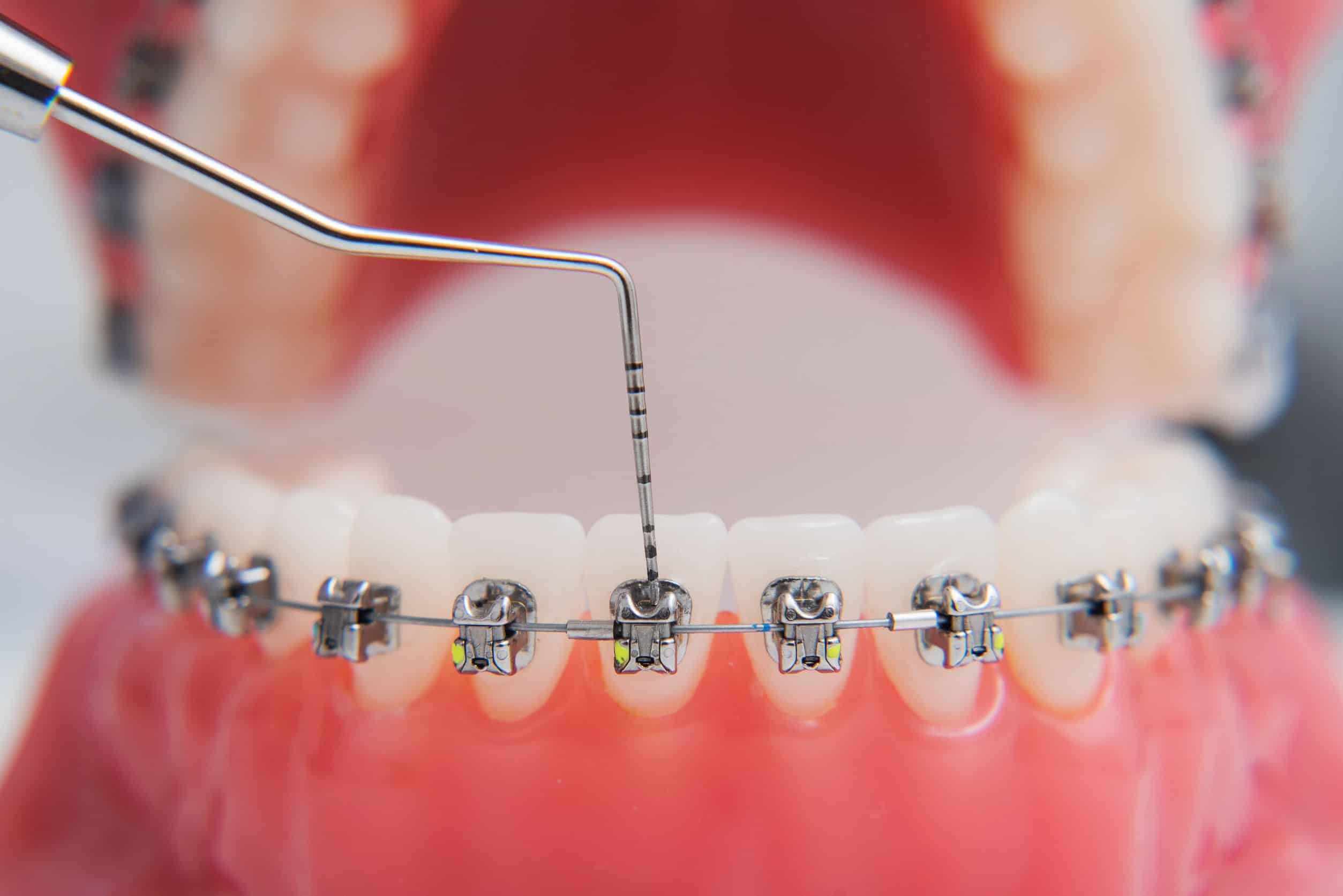Our Legacy Orthodontics Diaries
Our Legacy Orthodontics Diaries
Blog Article
More About Legacy Orthodontics
Table of ContentsExamine This Report on Legacy OrthodonticsThe Main Principles Of Legacy Orthodontics All about Legacy OrthodonticsThe smart Trick of Legacy Orthodontics That Nobody is Talking AboutLegacy Orthodontics Fundamentals Explained
In enhancement, we offer flexible treatment schedules, adaptable payment choices and an enjoyable, delightful experience.An orthodontist is a dental professional trained to diagnose, avoid, and deal with teeth and jaw abnormalities. They remedy existing problems and are educated to recognize troubles that might create in the future. Orthodontists collaborate with individuals of any ages, from children to grownups. People commonly connect a best smile with excellent wellness.
Malocclusion, or misaligned teeth, can result in oral concerns, consisting of dental cavity, periodontal disease, and hard or uncomfortable eating. However not everyone is birthed with straight teeth. If you have a poor bite or large spaces between your teeth, you might intend to get in touch with a dentist focusing on orthodontic care.
Legacy Orthodontics - Questions
( Picture Credit: DigitalVision/Getty Images) Orthodontists utilize fixed and removable oral devices, like braces, retainers, and bands, to alter the position of teeth in your mouth. Orthodontic treatment is for dental problems, consisting of: Misaligned teethBite troubles, like an overbite or an underbiteCrowded teeth or teeth that are too much apartJaw misalignmentThe objective of orthodontic therapy is to enhance your bite.
A healthy and balanced bite ensures you can eat, chew, and speak appropriately. While you might think about orthodontists as primarily for children or young adults who need dental braces, they can remedy dental issues at any kind of age. Orthodontists participate in college, oral college, and orthodontic institution. After college graduation, they spend 2 or 3 years in an orthodontic residency program.
All orthodontists are dentists, but not all dental professionals are orthodontists. Orthodontic residency programs use extensive, focused direction for dental professionals. They focus on two areas: Just how to effectively and securely move teeth Exactly how to correctly lead growth in the teeth, jaw, and faceOnce an orthodontist has finished training, they have the choice to become board certified.
What Does Legacy Orthodontics Do?
Imbalance, or malocclusion, is the most usual reason people see an orthodontist. It is hereditary and is the outcome of size differences in between the top and lower jaw or in between the jaw and teeth. Malocclusion leads to tooth overcrowding, an askew jaw, or uneven bite patterns. Malocclusion is typically treated with: Your orthodontist affixes steel, ceramic, or plastic square bonds to your teeth.
Some individuals require a headgear to official site aid move teeth right into line with pressure from outside the mouth. A retainer is a personalized tool that maintains your teeth in place.
They're most typically used on children. They can produce additional area in the mouth without needing to draw teeth. If you have a major underbite or overbite, you may require orthognathic surgical procedure (also called orthodontic surgical treatment) to extend or shorten your jaw. Orthodontists utilize wires, surgical screws, or plates to support your jaw bone.
You may need to see an orthodontist if you have: Crowding or otherwise adequate area for every one of your teethOverbite, when your top teeth come over your base teethUnderbite, when your base teeth are as well much forwardSpacing or problems with gapsCrossbite, which is when your upper teeth fit behind your bottom teeth when your mouth is closedOpen bite or a vertical void in between your front bottom and upper teethMisplaced midline, when the center of your base and upper teeth do not align Fixing an oral malocclusion can: Make attacking, chewing, and talking easierImprove the balance of our face and your general appearanceEase discomfort from temporomandibular joint conditionsSeparate your teeth and make them less complicated to clean up, assisting stop dental cavity or dental caries It's typically a dental practitioner who initially notices misaligned teeth throughout a routine examination.
10 Easy Facts About Legacy Orthodontics Explained

Throughout your first orthodontic appointment, you'll likely have: An oral examPhotos taken of your face and smileDental X-raysPanoramic (360 degree) X-rays of your face and headImpressions to create molds of your teethThese examinations will certainly aid your orthodontist understand just how to wage your treatment. orthodontics. An orthodontist is a dental practitioner that's had training to treat your teeth and jaw
An orthodontist is focused on your bite, so something like a cracked tooth would be handled by a dental practitioner. Orthodontists are concentrated on your bite, or the method your teeth fit together, and the straightness of your teeth.
Ever asked yourself exactly how stars always appear to have flawlessly straightened teeth? Orthodontists are oral specialists who focus on correcting abnormalities in the teeth and jaws.
Legacy Orthodontics Can Be Fun For Everyone

While braces are the most typically identified orthodontic therapy, orthodontists have a diverse toolkit at their disposal. The particular strategy chosen depends upon the seriousness of the situation, the client's age, and specific choices. These tried-and-true braces use a system of braces adhered to the teeth and linked by wires.
These detachable trays are customized to considerably change the teeth's position. In situations of slim jaws, palatal expanders can be used to produce space for correct tooth alignment.
Report this page